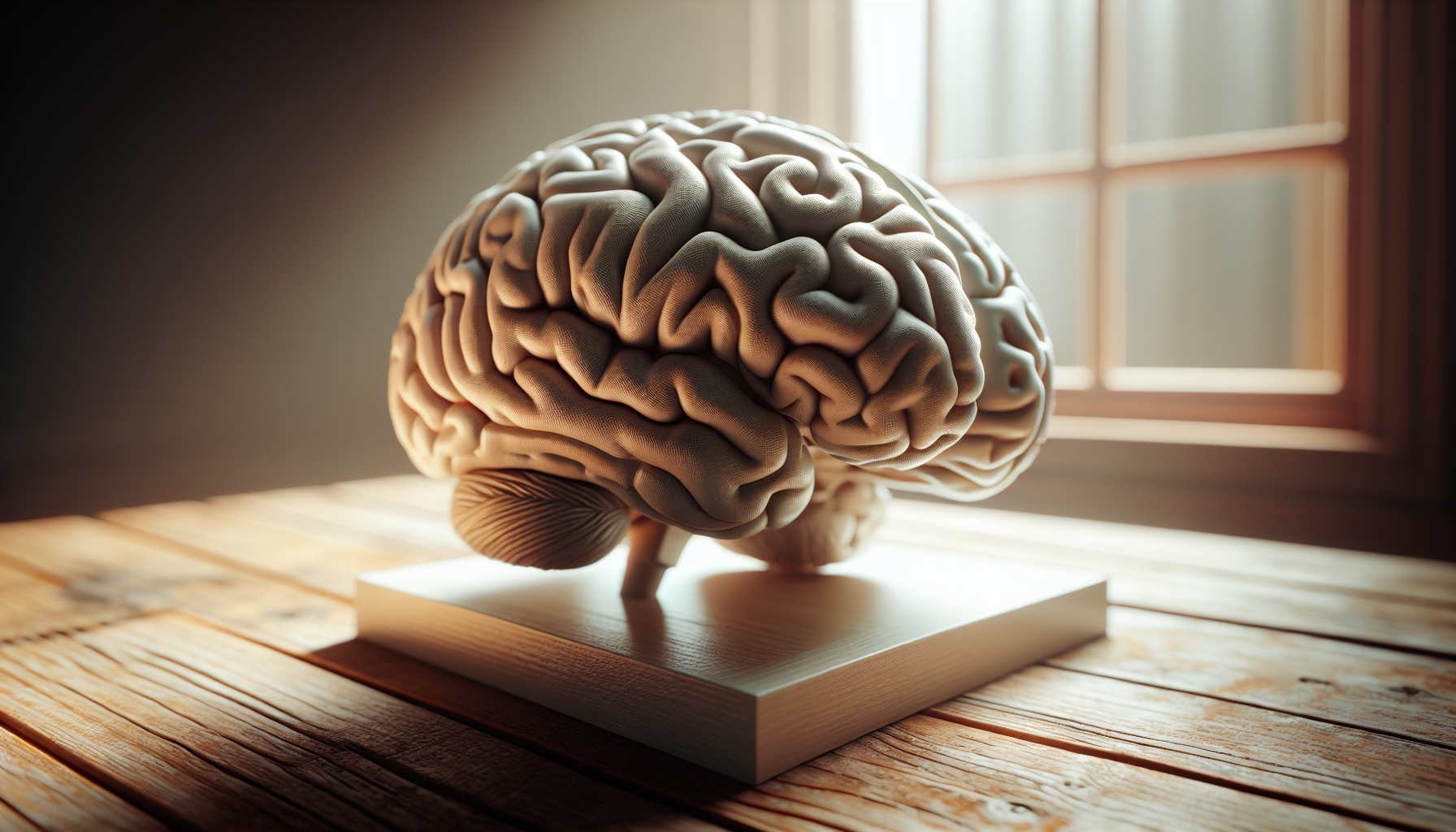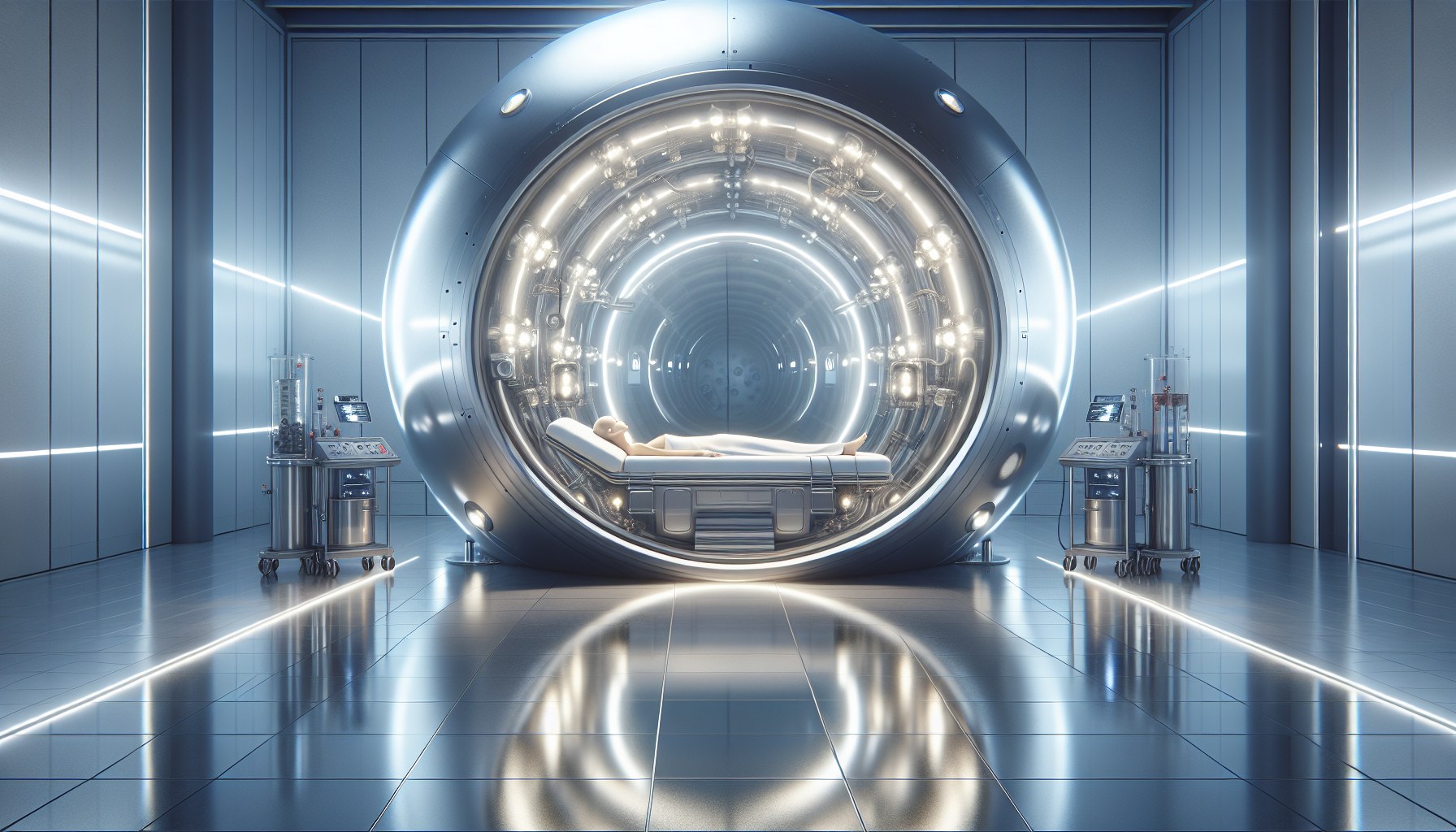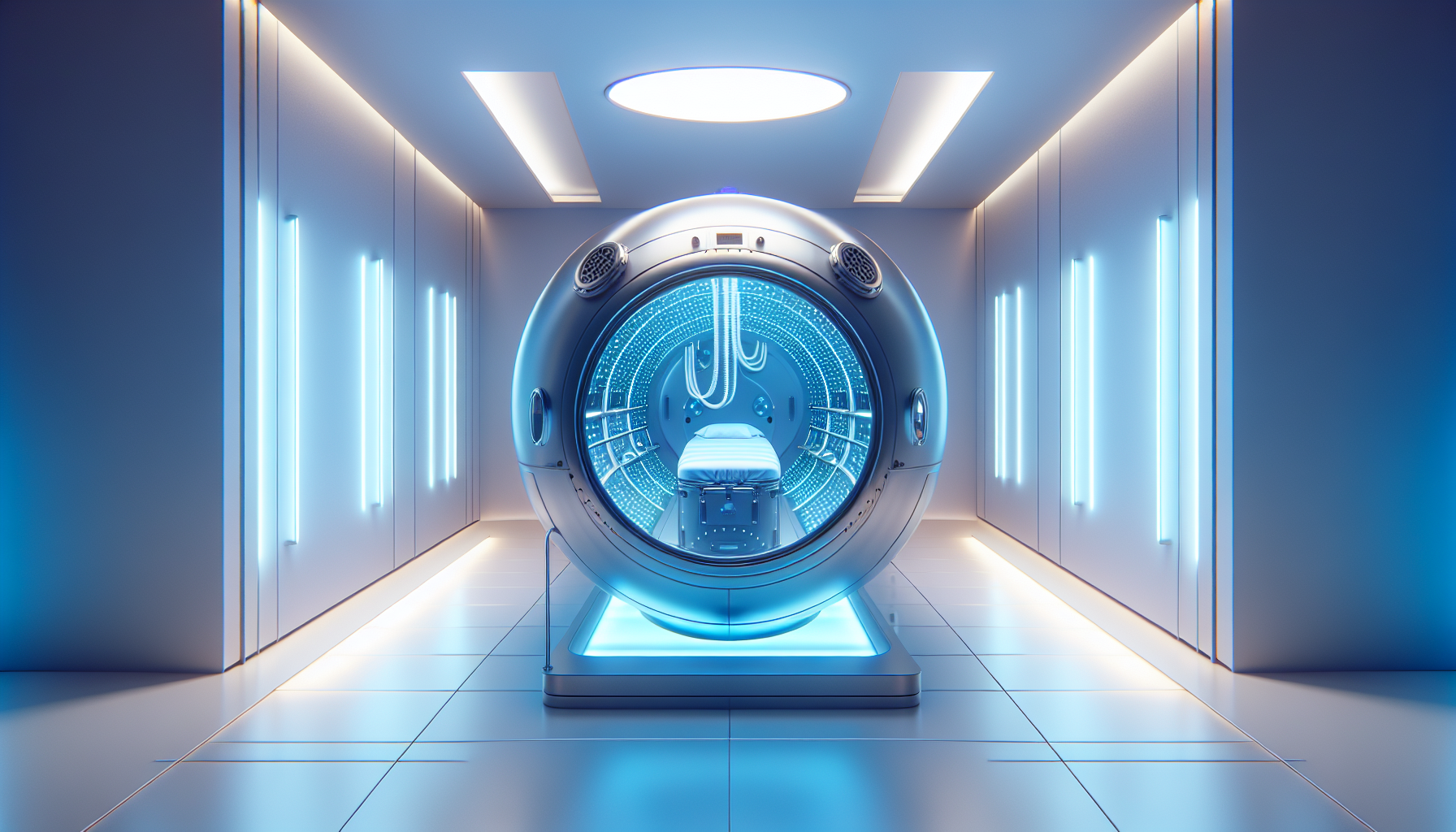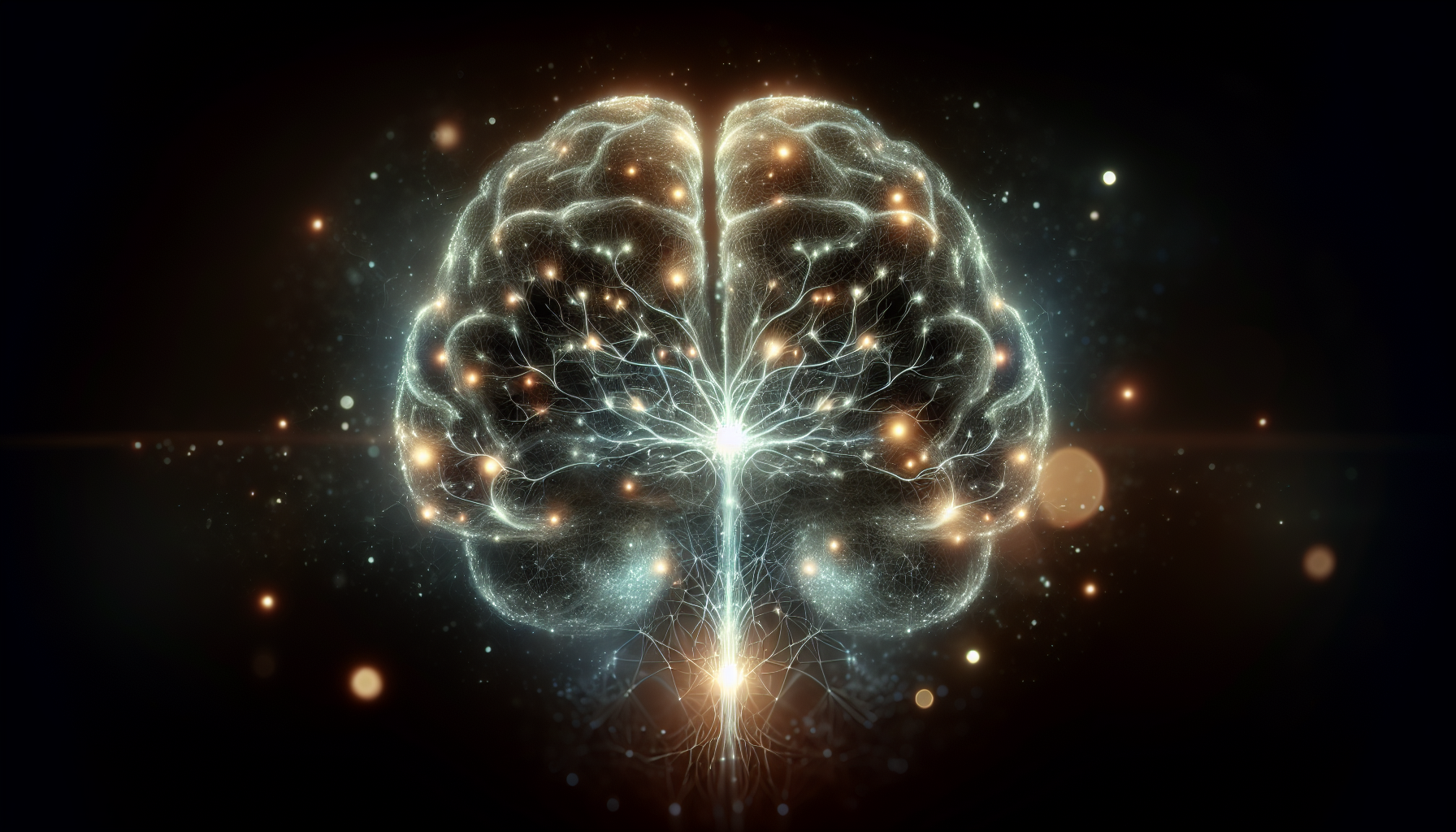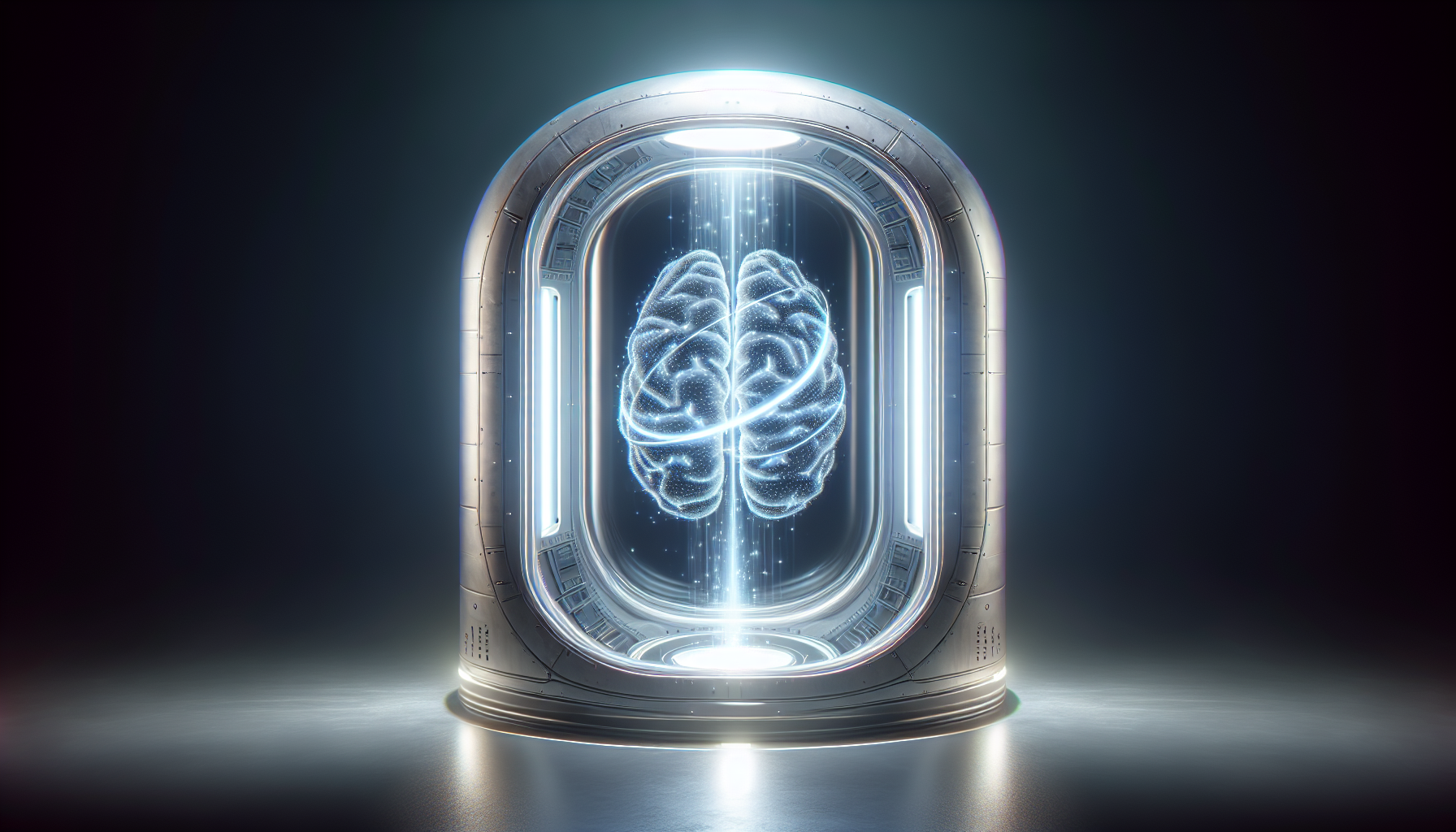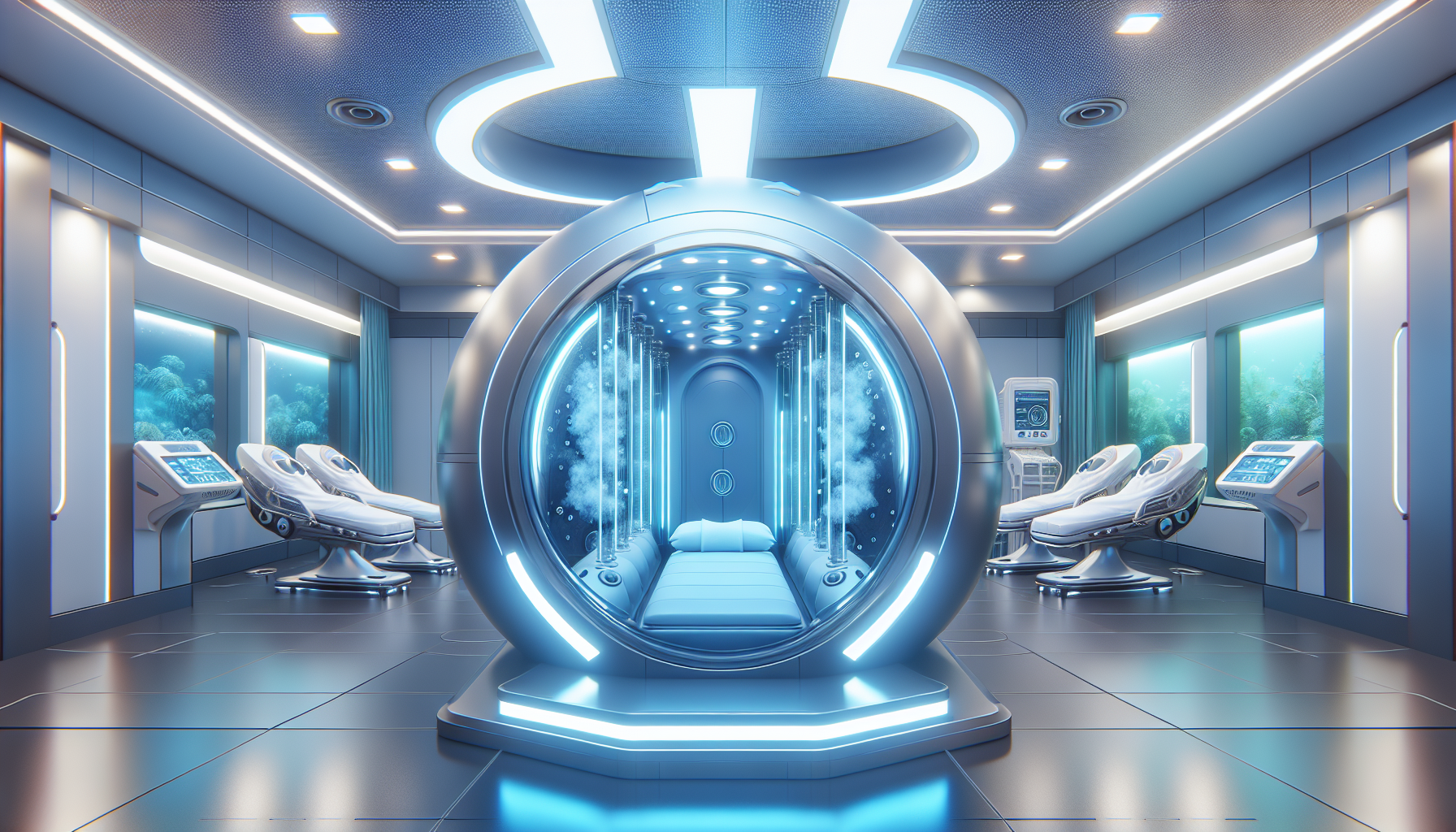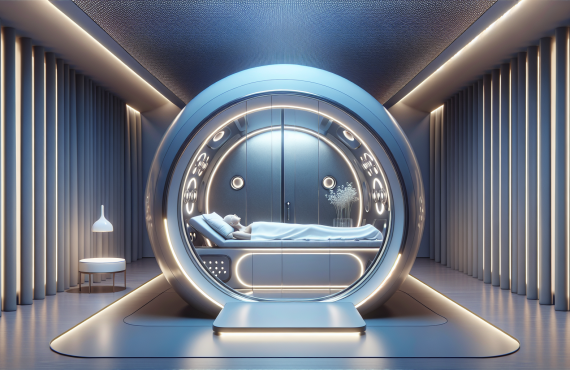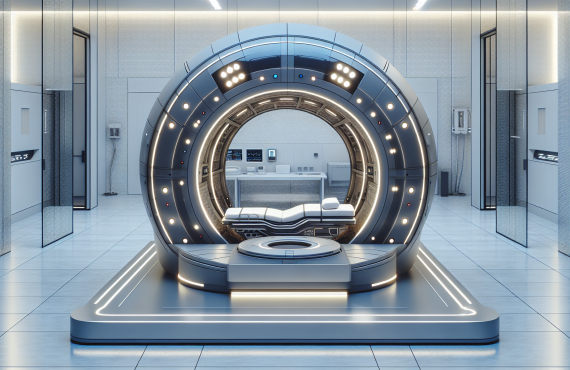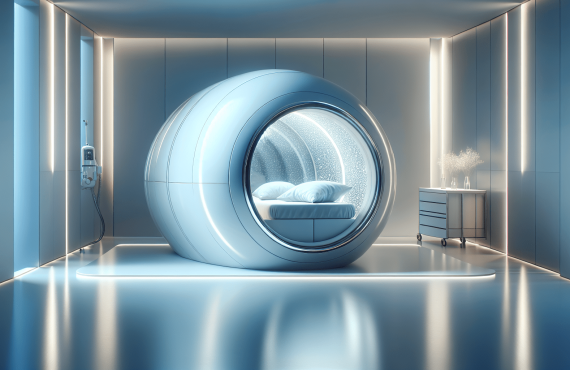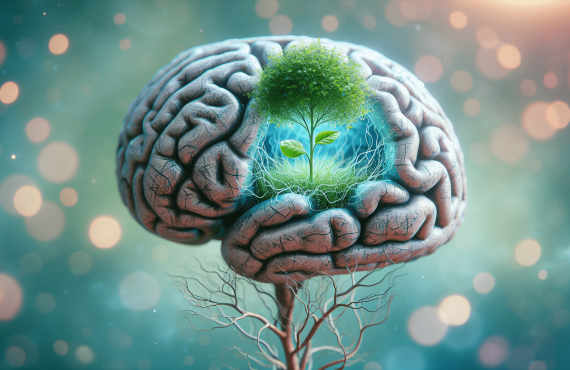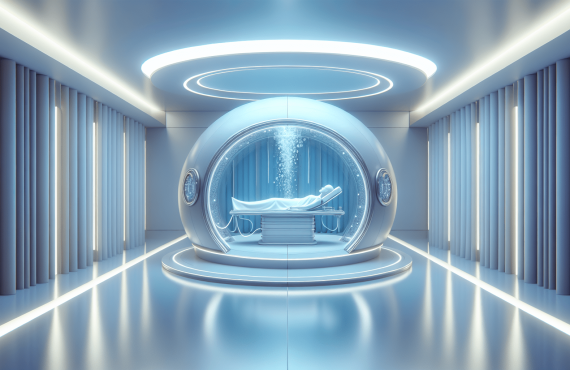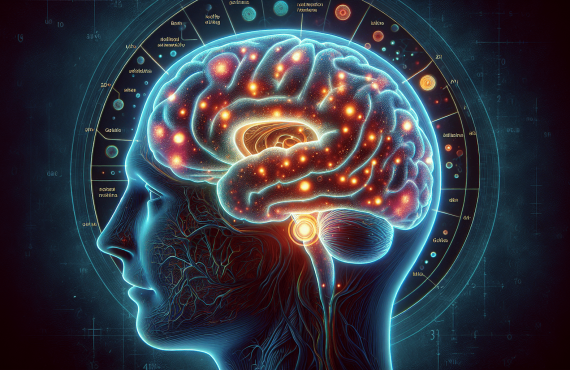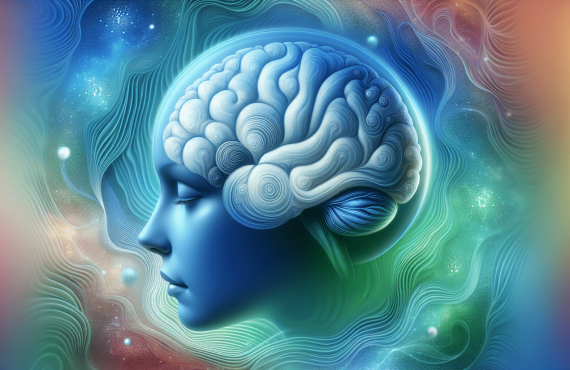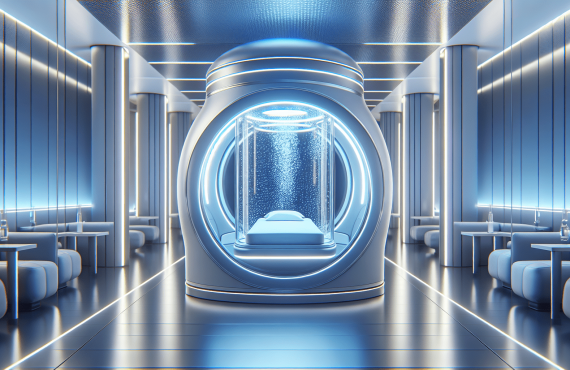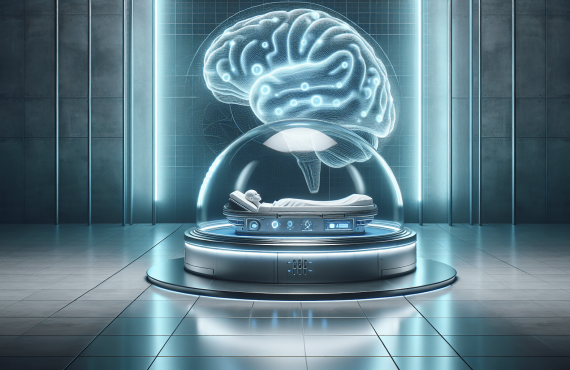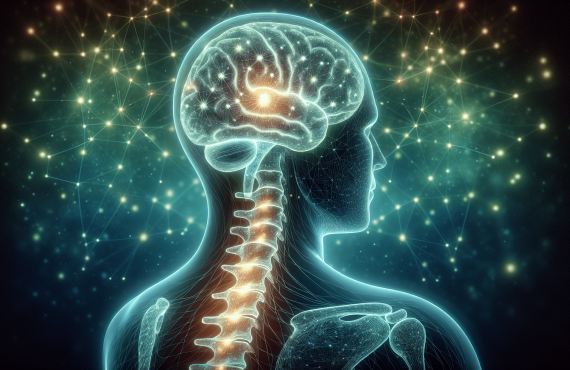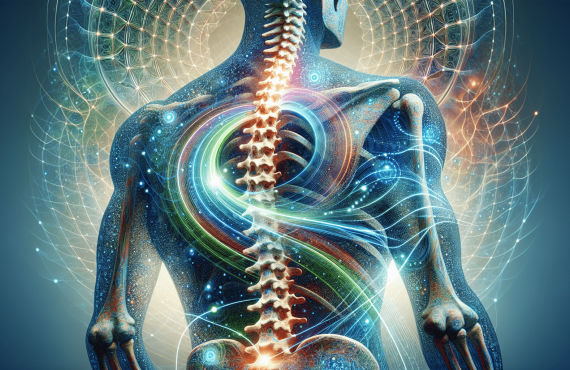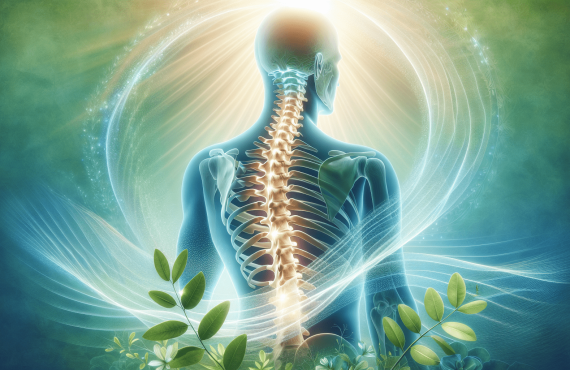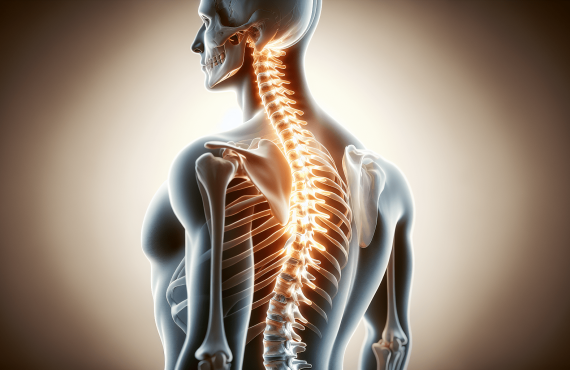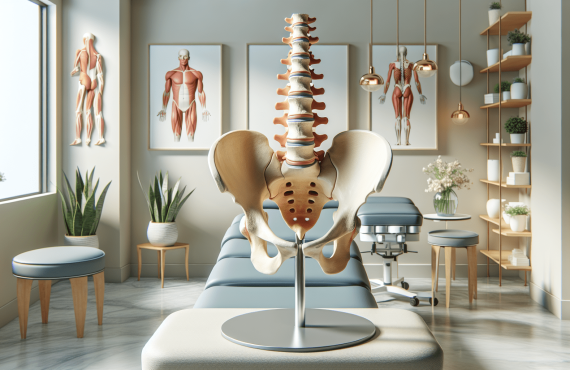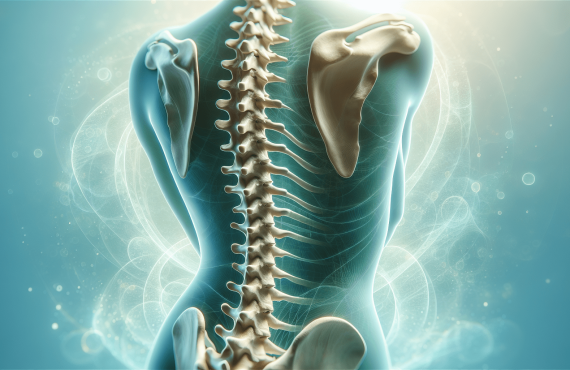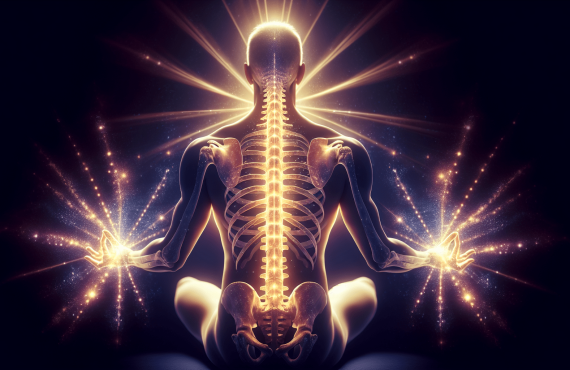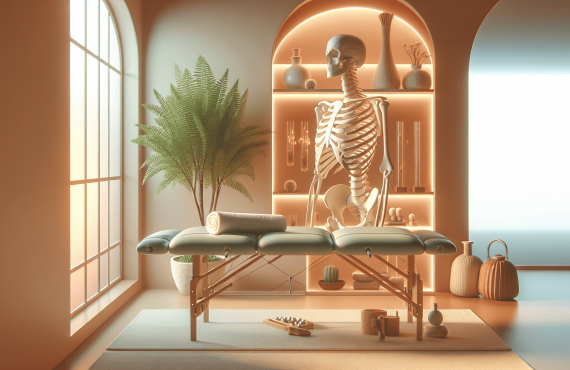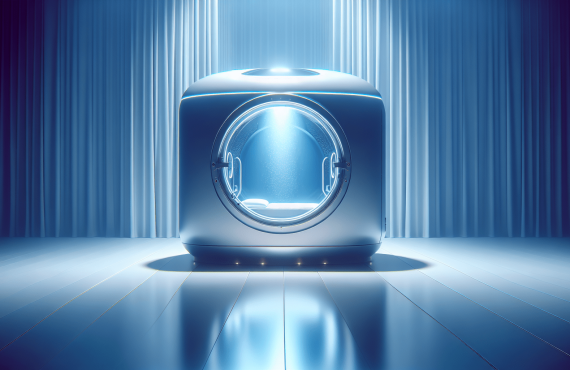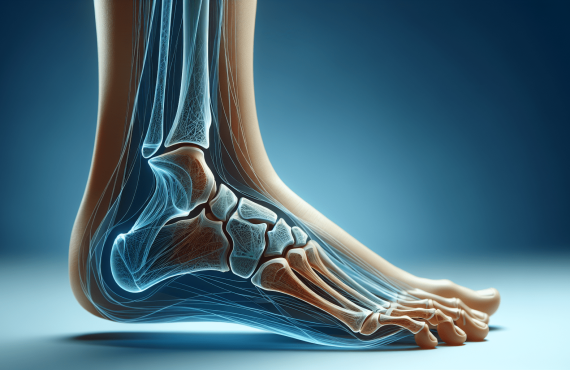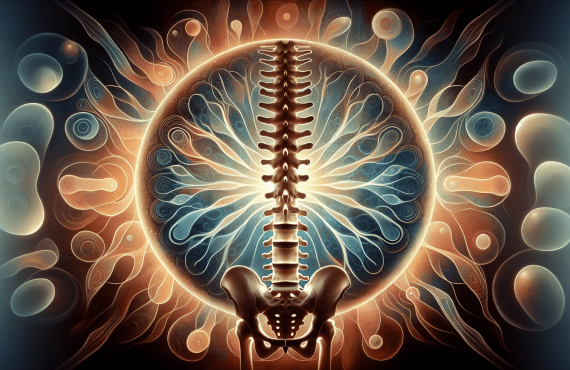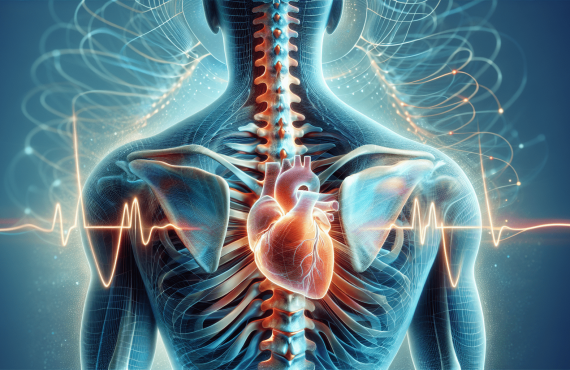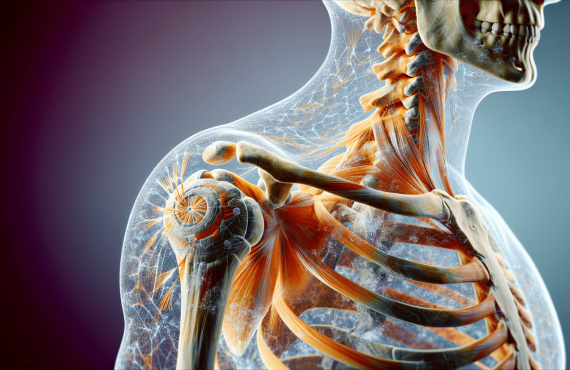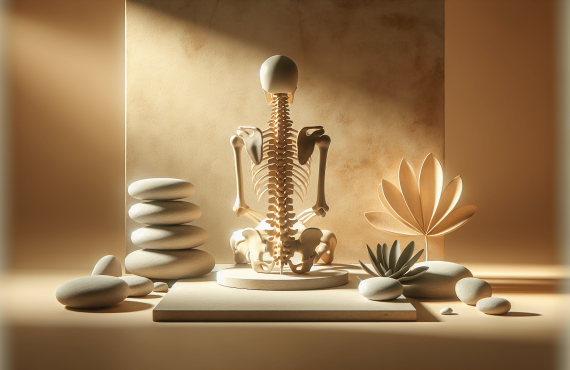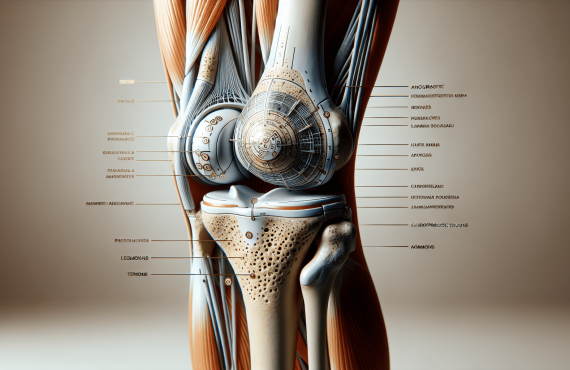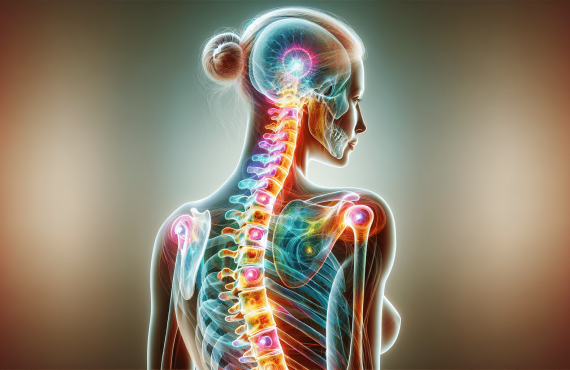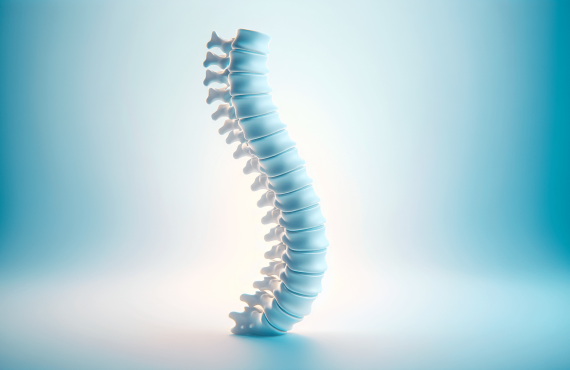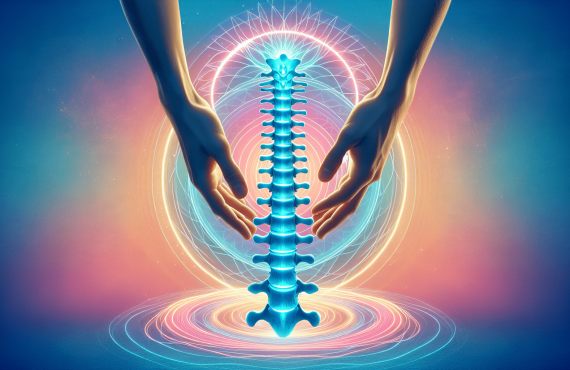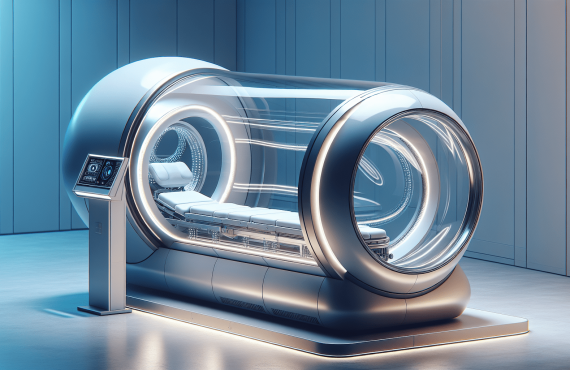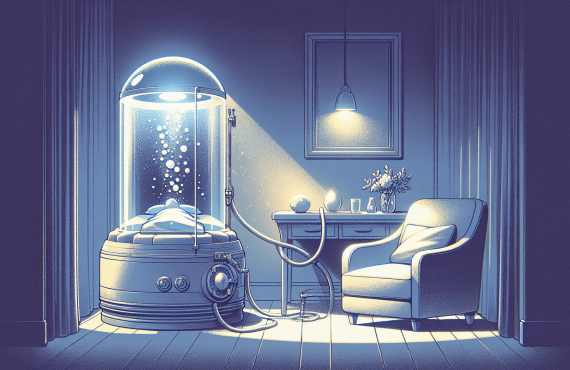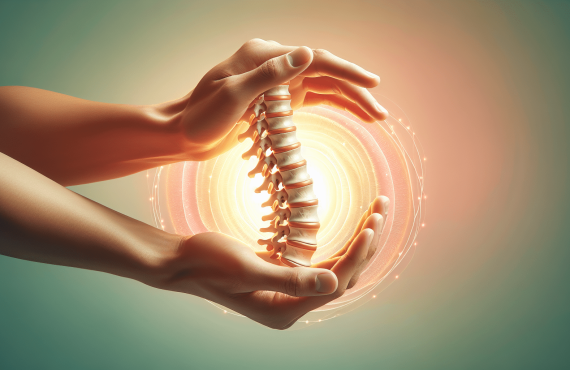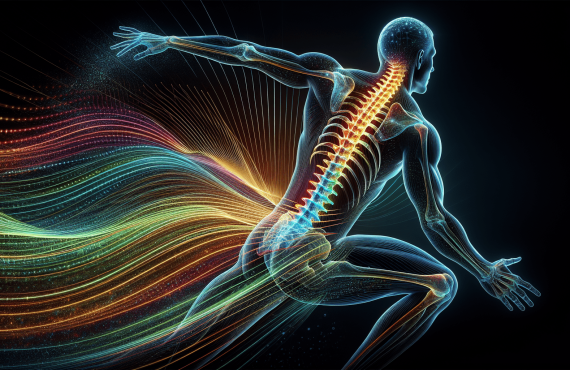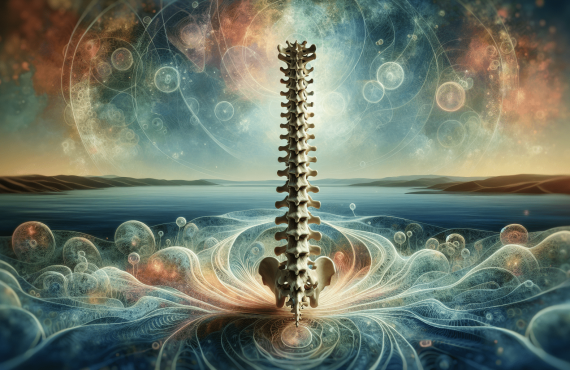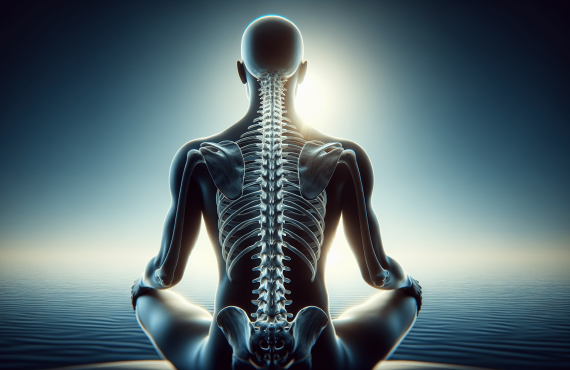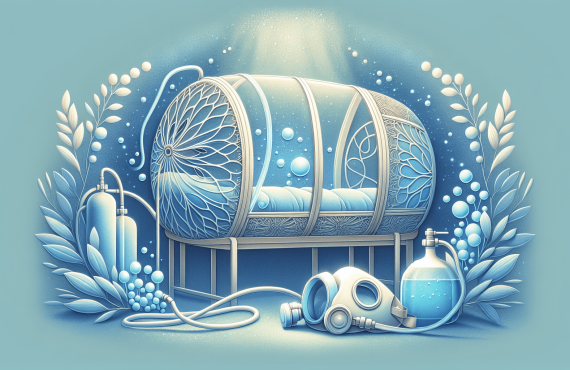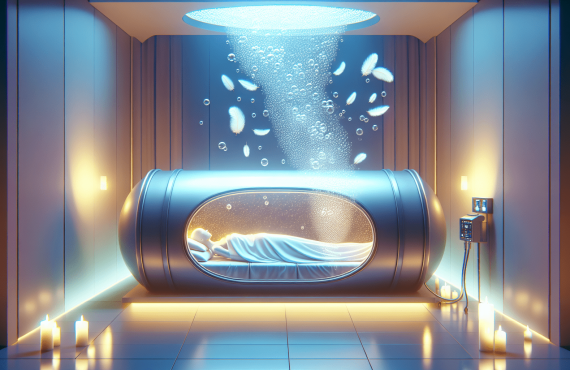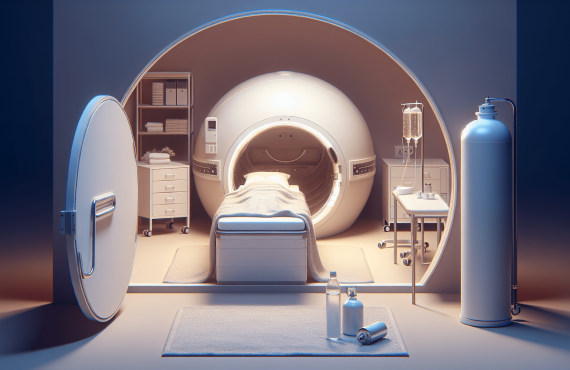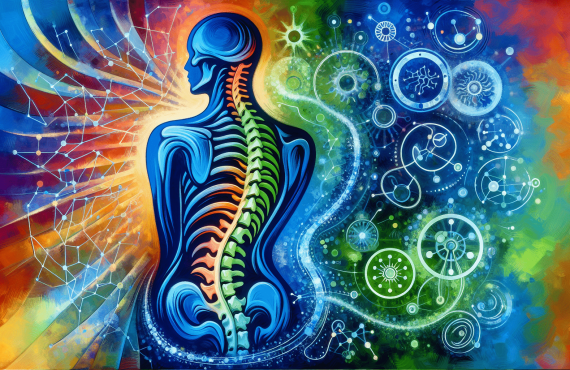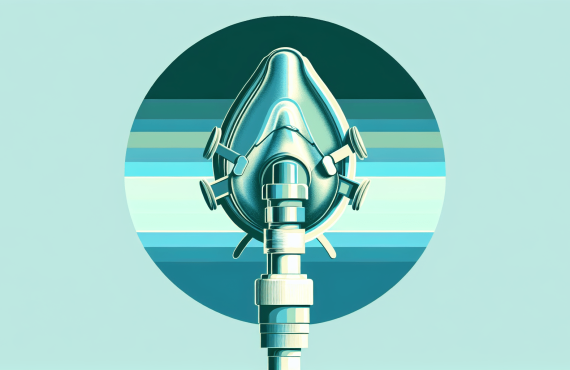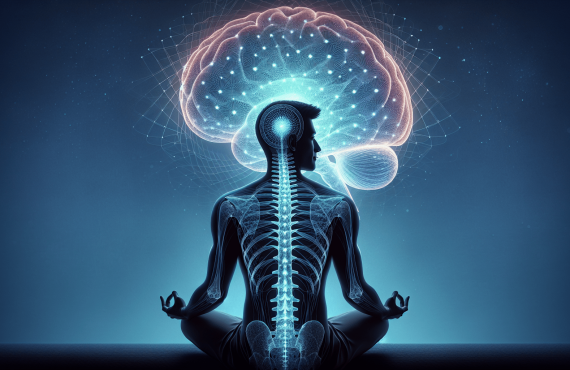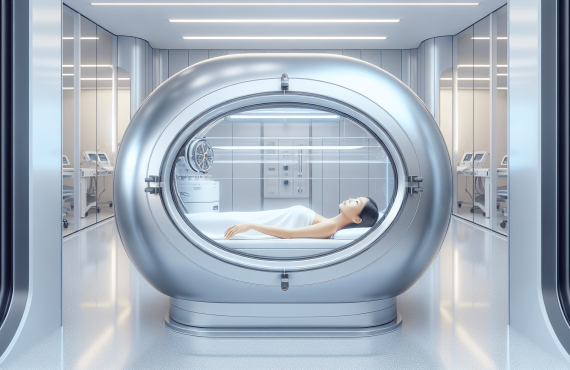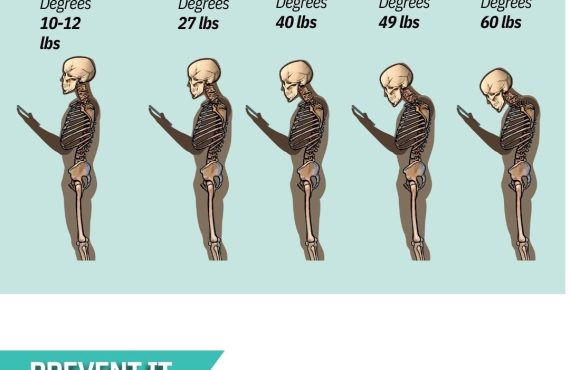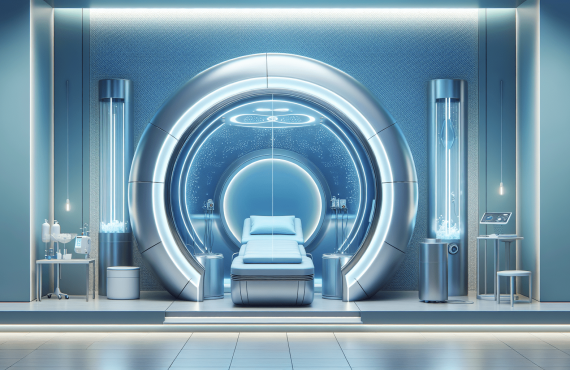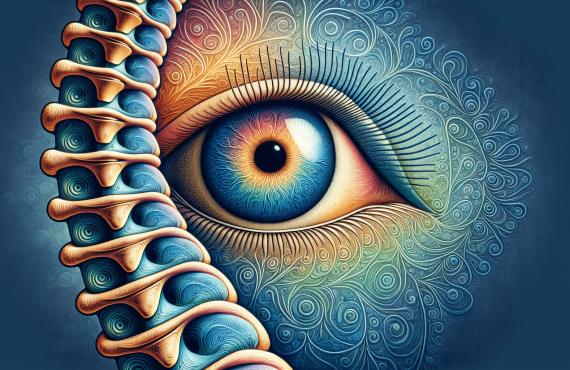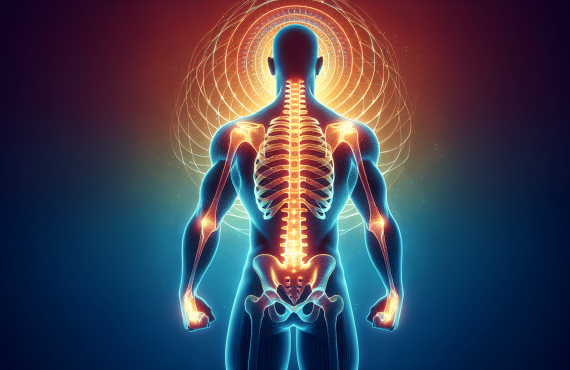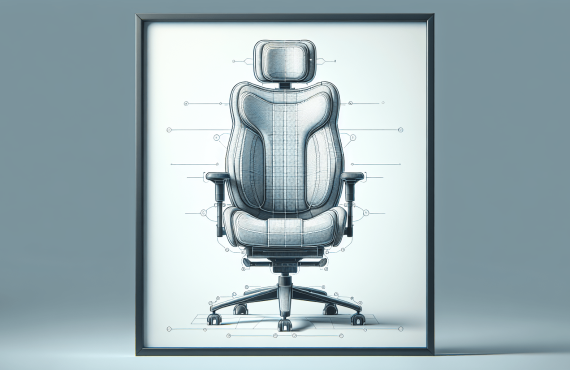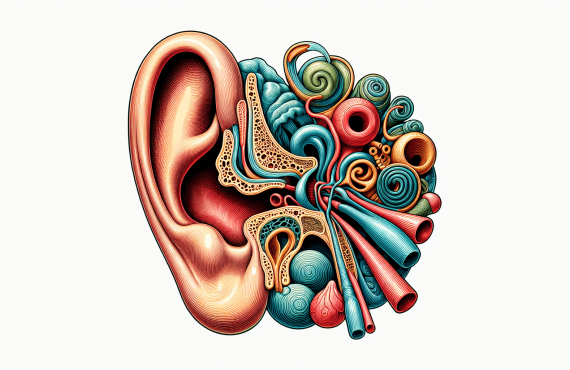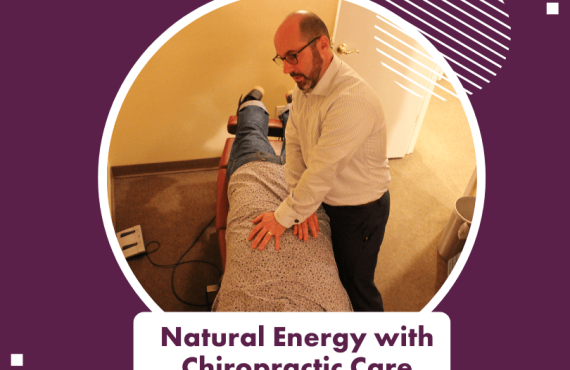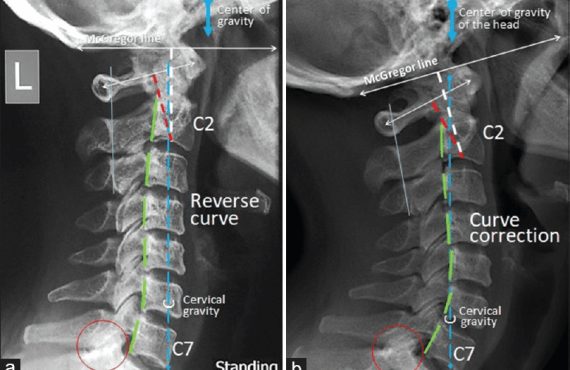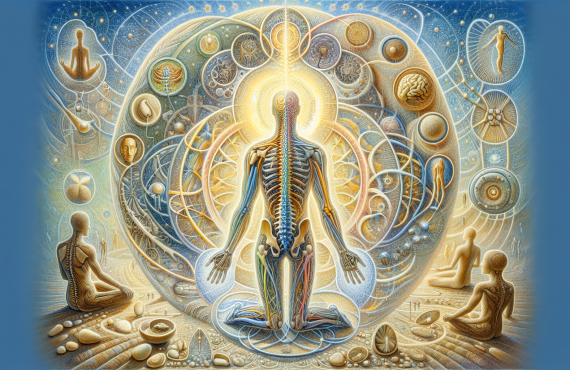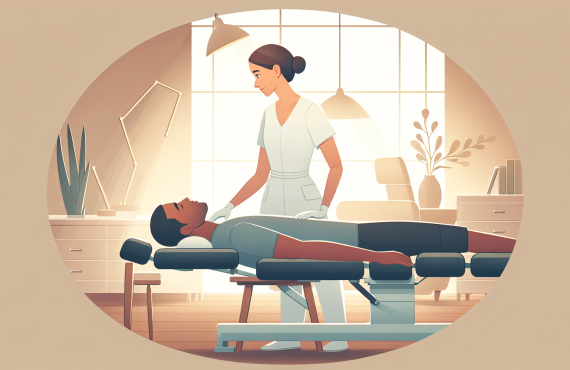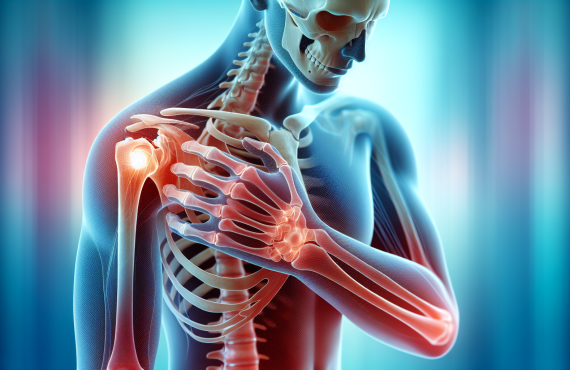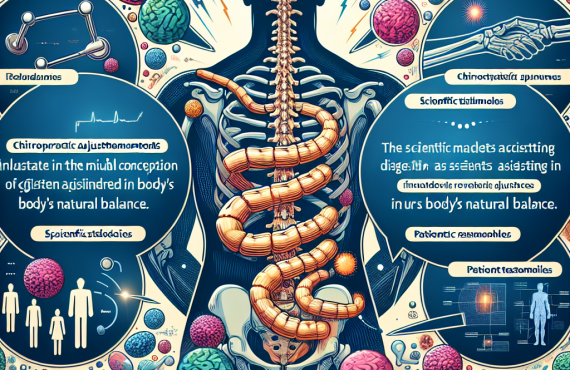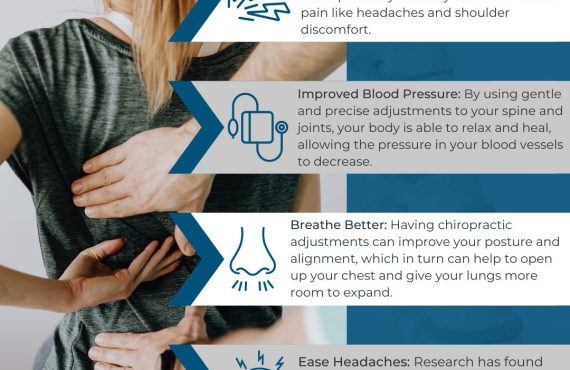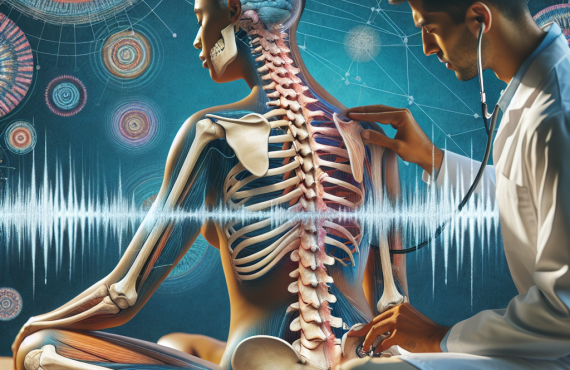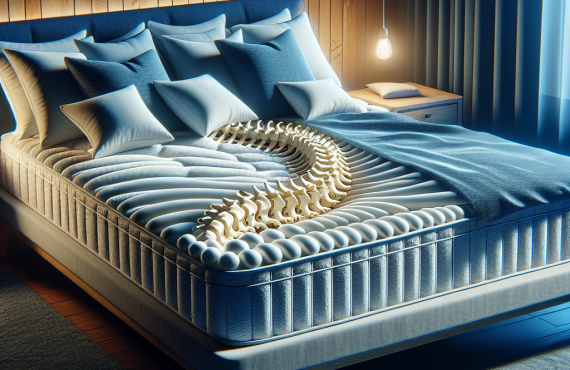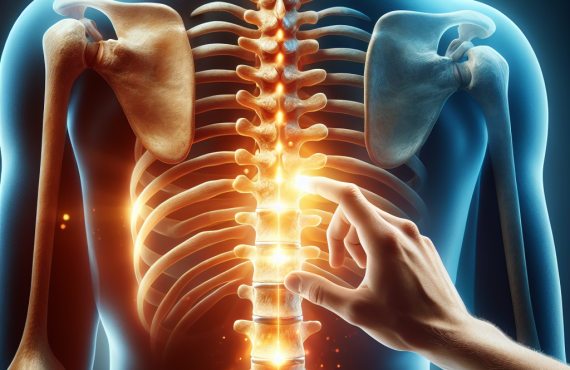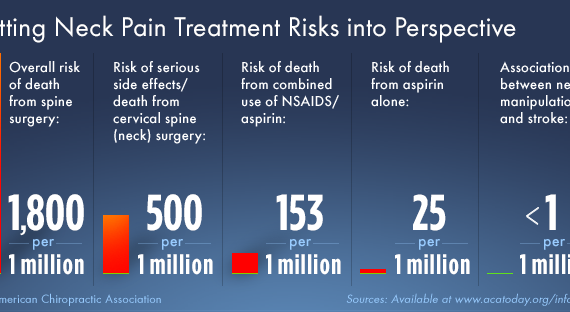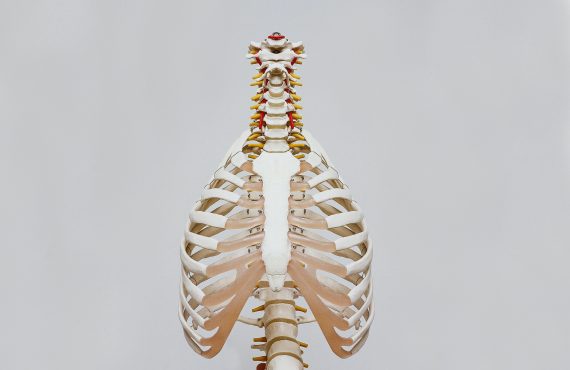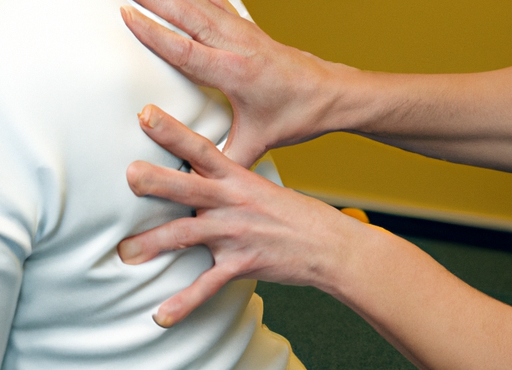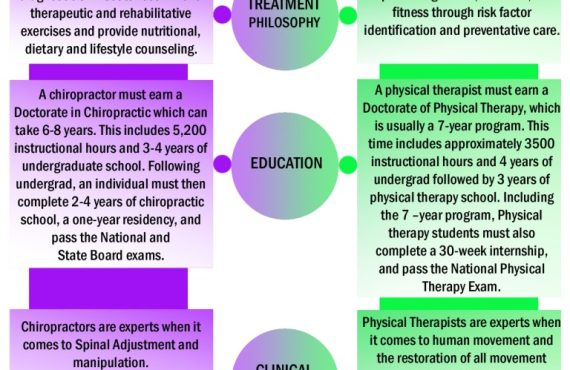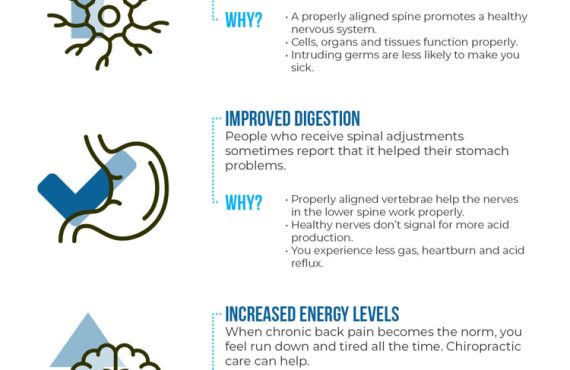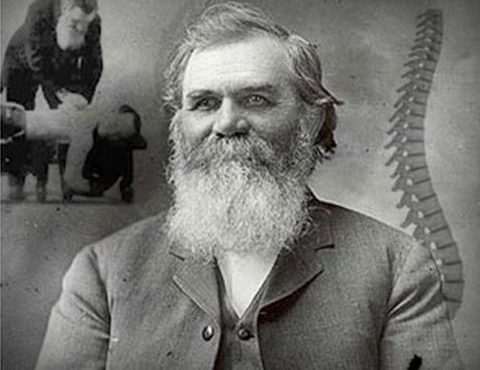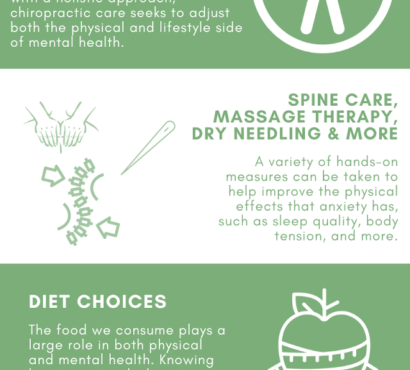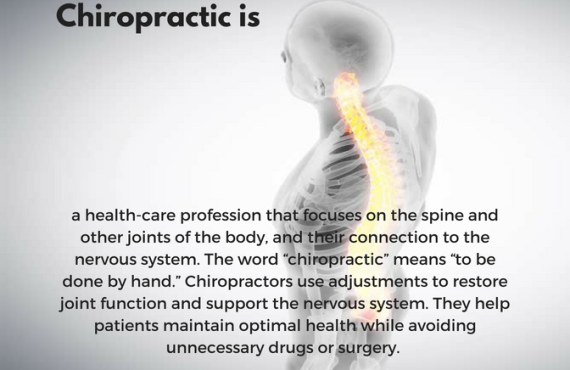Have you ever noticed how a change in season can bring about a whole new mood? When the weather shifts and the days get shorter, you’re not alone if you start feeling a little down. It’s not uncommon for people to experience what’s known as Seasonal Affective Disorder (SAD), a type of depression that happens at a specific time of year, usually in winter.

Table of Contents
Understanding Seasonal Affective Disorder
Often, Seasonal Affective Disorder can sneak up on you. It’s like that one friend who shows up unannounced: it catches you by surprise, and you might not be prepared for its arrival. SAD affects more than you might think, and being aware of its signs can help you better understand what’s going on.
What is Seasonal Affective Disorder?
Think of SAD as your body’s way of throwing a bit of a tantrum because it misses the sunshine. As the days grow shorter and the nights stretch longer, your internal clock can get out of whack. SAD is a form of depression that’s linked to changes in seasons, often starting in the fall and persisting through winter.
Symptoms to Watch For
Recognizing SAD isn’t always straightforward. One day you might feel slightly more tired than usual, and the next, it’s like you’re carrying around an invisible weight. Typical symptoms include a drop in energy levels, a tendency to oversleep (yes, even your bed feels clingier), and a craving for carbs, often resulting in weight gain. You might also notice that you’re more irritable or just generally feeling ‘off.’
Causes of SAD
So, why does your mood decide to take a nosedive during the winter months? A major factor is the reduced level of sunlight, which can disrupt your body’s internal clock, also known as your circadian rhythm. Furthermore, this lack of light can lead to drops in serotonin, a brain chemical (or neurotransmitter) that affects mood. It can also cause an imbalance in melatonin, which plays a role in your sleep patterns and mood.
Chiropractic Care: A Surprising Ally
When you think of chiropractic care, images of back cracks and spine alignments might spring to mind. However, chiropractic solutions go beyond just relieving physical pain. It’s about holistic wellness, and surprisingly, it can be quite effective in managing symptoms of Seasonal Affective Disorder.
How Chiropractic Care Works
Chiropractic care involves the manipulation of the spine to improve function and alleviate pain, but it’s not all bone-crunching theatrics. This approach seeks to restore the body’s natural alignment, which can enhance the function of your nervous system. The nervous system, in turn, has a significant impact on your overall health and mood regulation.
Benefits of Chiropractic for SAD
You might be wondering how a spine adjustment could possibly help lighten your mood. Here’s the scoop: chiropractic care can improve nervous system function, which may positively influence your emotional state. By ensuring that your spine is in optimal condition, chiropractors aim to facilitate better communication between your brain and body.
Moreover, chiropractic treatments can aid in improving sleep patterns and reducing stress – both of which are crucial for managing SAD symptoms. Less tension and better sleep can mean one less thing you have to worry about as the seasons change.
Introducing Henry Chiropractic
Nestled in the lovely locale of Pensacola, Florida, Henry Chiropractic stands as a beacon for those seeking comprehensive chiropractic care. Owned and operated by Dr. Craig Henry, the practice focuses not only on treating physical ailments but also on enhancing overall wellness.
Meet Dr. Craig Henry
Dr. Craig Henry isn’t just your run-of-the-mill chiropractor. With a dedication to improving health in all its forms, Dr. Henry has been serving the Pensacola community with compassion and expertise. Whether you’re dealing with neck pain or looking for ways to boost your morning vitality, Dr. Henry brings a wealth of knowledge and skill to the table.
Introducing Dr. Aaron Hixon
Alongside Dr. Henry is Dr. Aaron Hixon, a Florida native with a passion for aiding others in their health journeys. Armed with a Bachelor of Science in Exercise Science and a Doctorate in Chiropractic, Dr. Hixon is well-equipped to address various chiropractic needs. He’s also keen on different chiropractic techniques, which can cater to a wide range of conditions and preferences.
With a shared vision of care, both Dr. Henry and Dr. Hixon foster an environment that encourages healing and progression. Whether you’re new to chiropractic or a seasoned participant, their practice aims to support your health in multiple ways, including managing seasonal mood shifts.
Practical Chiropractic Techniques for SAD
At this point, you might be curious how exactly chiropractic can assist in alleviating the symptoms of Seasonal Affective Disorder. Let’s look at some specific techniques and methodologies.
Spinal Adjustments
At the heart of chiropractic care is spinal adjustment, a technique that may sound intimidating but is in fact gentle and precise. By correcting any misalignments in your spine, these adjustments aim to improve nerve function, promoting better hormone balance and mood regulation.
Massage Therapy
Who doesn’t love a good massage? At Henry Chiropractic, massage therapy is used to relax tense muscles, improve circulation, and reduce stress. Such treatments can release endorphins, often referred to as ‘happy hormones,’ which can be a natural remedy to the pressure that SAD exerts on your mood.
Lifestyle Counseling
Beyond physical adjustments, chiropractors at Henry Chiropractic often provide lifestyle counseling, offering tips on nutrition and exercise – key players in maintaining a positive mood. During the darker months, integrating nutritional advice to boost serotonin levels can be particularly beneficial. Plus, staying active can be a wonderful way to fight off the sluggishness SAD tends to bring.
Light Therapy Counseling
While not a chiropractic procedure per se, light therapy is often recommended in conjunction with spinal and physical treatments. Chiropractors can advise on the effective use of light therapy, which involves exposure to artificial light. This method has been found to provide relief for many experiencing symptoms of SAD.

Daily Habits to Combat SAD
In addition to professional care, there are daily habits you can adopt to help manage seasonal affective disorder.
Get Moving
Exercise might be the last thing on your mind when you feel the clutches of winter blues, but staying active can dramatically ameliorate SAD symptoms. Even a brisk walk around your neighborhood or some gentle yoga can get those endorphins flowing.
Seek Sunlight
Maximize your exposure to daylight where possible. Keep your shades up during the day and sit next to windows. When the sun does decide to make an appearance, try to step outside and soak up that natural light.
Stay Connected
Isolation can intensify SAD, so try to maintain your social connections. Regularly check in with friends or family members. Sharing your feelings can be therapeutic, and sometimes, just a simple chat can lift your spirits.
Mind Your Diet
Warding off those carb cravings can be tough, but a balanced diet can make a substantial difference. Foods rich in omega-3 fatty acids and vitamin D have been shown to support brain health and boost mood.
Try Meditation
Meditation and mindfulness practices can be wonderful allies in managing SAD. They can help reduce stress and improve focus, helping you to maintain a sense of calm and positivity.
The Role of Henry Chiropractic in Your Wellness Journey
Understanding that your mental health is intimately connected to your physical health is an important step in managing Seasonal Affective Disorder. Henry Chiropractic is committed to offering treatments that enhance your overall well-being.
Whether it’s expert spinal adjustments, tailored massage therapy, or holistic lifestyle advice, Henry Chiropractic is poised to support your health in a myriad of ways. You can feel confident knowing that professionals like Dr. Craig Henry and Dr. Aaron Hixon are available to guide you through the season with care and dedication.
Making the Decision to Seek Help
Choosing to seek chiropractic care for something like Seasonal Affective Disorder might not be immediately obvious, but it can be an excellent addition to your mental health regimen. Recognizing when you need a little extra support is a strength, and adapting your care to include various methodologies can multiply the benefits.
Why Choose Chiropractic Care?
Taking the proactive step towards chiropractic care can open a door to more holistic health options. It’s about more than alleviating pain; it’s about fostering a supportive environment for both your physical and emotional health. And with seasonal changes often acting as a stressor, having a reliable and supportive healthcare provider can be incredibly reassuring.
Steps to Take
If you’re considering chiropractic care, reaching out to a professional is the first step. With providers like Dr. Henry and Dr. Hixon, you can begin your journey towards better wellness equipped with expert guidance and a personalized approach. Call or visit Henry Chiropractic to explore how their services can make a difference in your life during the challenging winter months and beyond.
In a world that sometimes feels out of your control, especially when those winter clouds roll in, finding a support system in chiropractic care can give you a fresh perspective and a renewed sense of hope. Let Henry Chiropractic be part of your story to better health, come rain or shine.






